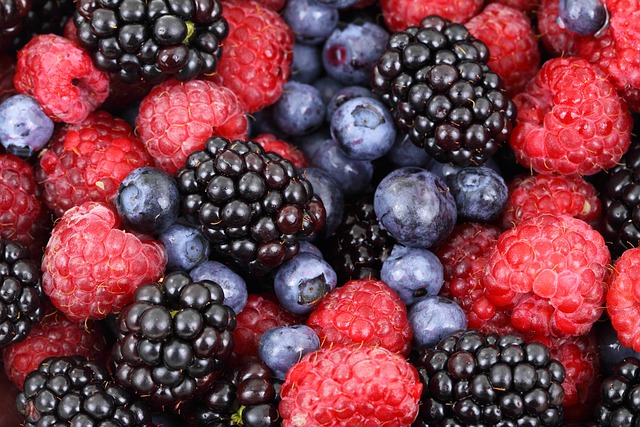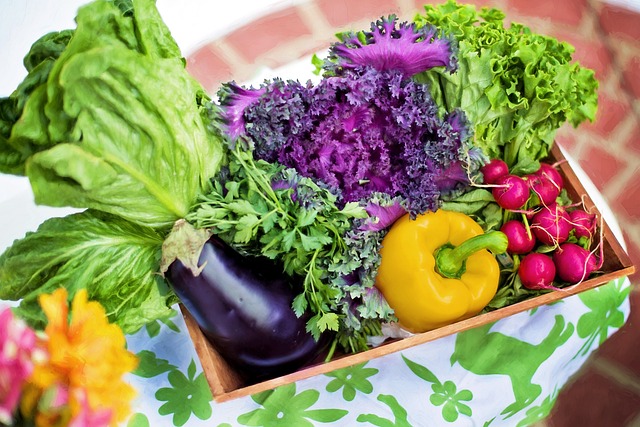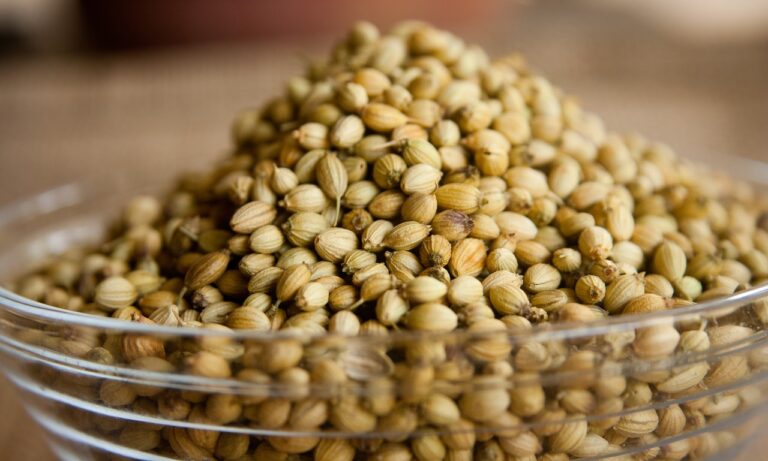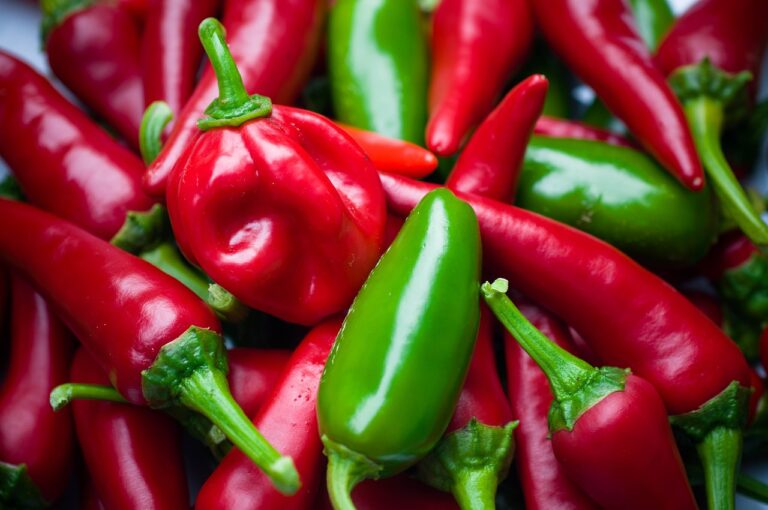The Science of Fermentation: How It Affects Flavor and Nutrition
When delving into the intricate process of fermentation, it is essential to highlight the pivotal role that microorganisms play in this transformative mechanism. These tiny organisms, such as bacteria and yeast, are the driving force behind the conversion of sugars into alcohol, organic acids, and gases during fermentation. Through their metabolic activities, microorganisms break down complex compounds in the raw materials, releasing energy and creating the characteristic flavors and textures of fermented foods and beverages.
Moreover, the presence of specific types of microorganisms dictates the final product of the fermentation process. For instance, in the production of yogurt, lactic acid bacteria are responsible for converting lactose into lactic acid, which curdles the milk and gives yogurt its tangy flavor and creamy consistency. Similarly, in beer and wine production, different strains of yeast are carefully selected to ferment sugars into alcohol and carbon dioxide, adding complexity and depth to the final product. Ultimately, the diversity and activity of microorganisms are central in shaping the outcome of fermentation processes across various industries and culinary traditions.
The Process of Fermentation
During the process of fermentation, microorganisms convert sugars into alcohol and acids. This transformation occurs in the absence of oxygen, making it an anaerobic process. The key players in fermentation are yeast and bacteria, which break down the sugars in the presence of moisture and ideal temperatures to produce various byproducts such as carbon dioxide and ethanol.
Fermentation can take place in various environments, including in containers like fermenting crocks or in open-air vessels. The process can last anywhere from a few days to several weeks, depending on factors such as the type of microorganisms involved, the specific sugars present, and the environmental conditions. As fermentation progresses, the flavors, textures, and aromas of the original ingredients develop and transform, resulting in the unique characteristics of the final product.
• Fermentation is a process where microorganisms convert sugars into alcohol and acids
• It occurs in the absence of oxygen, making it an anaerobic process
• Yeast and bacteria are key players in fermentation
• They break down sugars in the presence of moisture and ideal temperatures to produce byproducts such as carbon dioxide and ethanol
Fermentation can take place in various environments, including:
• Containers like fermenting crocks
• Open-air vessels
The duration of fermentation varies depending on factors such as:
• Type of microorganisms involved
• Specific sugars present
• Environmental conditions
As fermentation progresses, the flavors, textures, and aromas of the original ingredients develop and transform. This results in the unique characteristics of the final product.
The Impact of Temperature on Fermentation
Temperature plays a crucial role in the process of fermentation, as it directly influences the activity of microorganisms involved. Different microorganisms thrive in specific temperature ranges, with some requiring higher temperatures while others prefer lower ones.
Extreme temperatures can inhibit the growth of microorganisms essential for fermentation, leading to a slower fermentation process or even an undesirable outcome. It is important to carefully control and monitor the temperature throughout the fermentation process to ensure optimal conditions for the microorganisms to carry out their metabolic activities effectively.
How do microorganisms contribute to the fermentation process?
Microorganisms play a crucial role in fermentation by converting sugars into alcohol, acids, or gases. They help break down complex molecules and produce the desired end product.
What is the process of fermentation?
Fermentation is a metabolic process that converts sugars into alcohol, acids, or gases using microorganisms such as yeast and bacteria. This process is commonly used in food production, such as making bread, beer, and yogurt.
How does temperature affect fermentation?
Temperature plays a significant role in fermentation as it can impact the rate of fermentation, the flavor profile of the final product, and the activity of the microorganisms involved. Different microorganisms thrive at different temperature ranges, so controlling temperature is crucial for a successful fermentation process.
What happens if the temperature is too high during fermentation?
If the temperature is too high during fermentation, it can lead to the production of off-flavors, the inhibition of the desired microorganisms, or the rapid fermentation of sugars, resulting in a less complex flavor profile. It is important to maintain the optimal temperature range for the specific fermentation process to achieve the desired outcome.
How can I control the temperature during fermentation?
Temperature control during fermentation can be achieved through various methods such as using temperature-controlled fermentation vessels, monitoring the temperature regularly, and adjusting the temperature as needed. It is important to follow the specific temperature requirements of the fermentation process to ensure a successful outcome.







